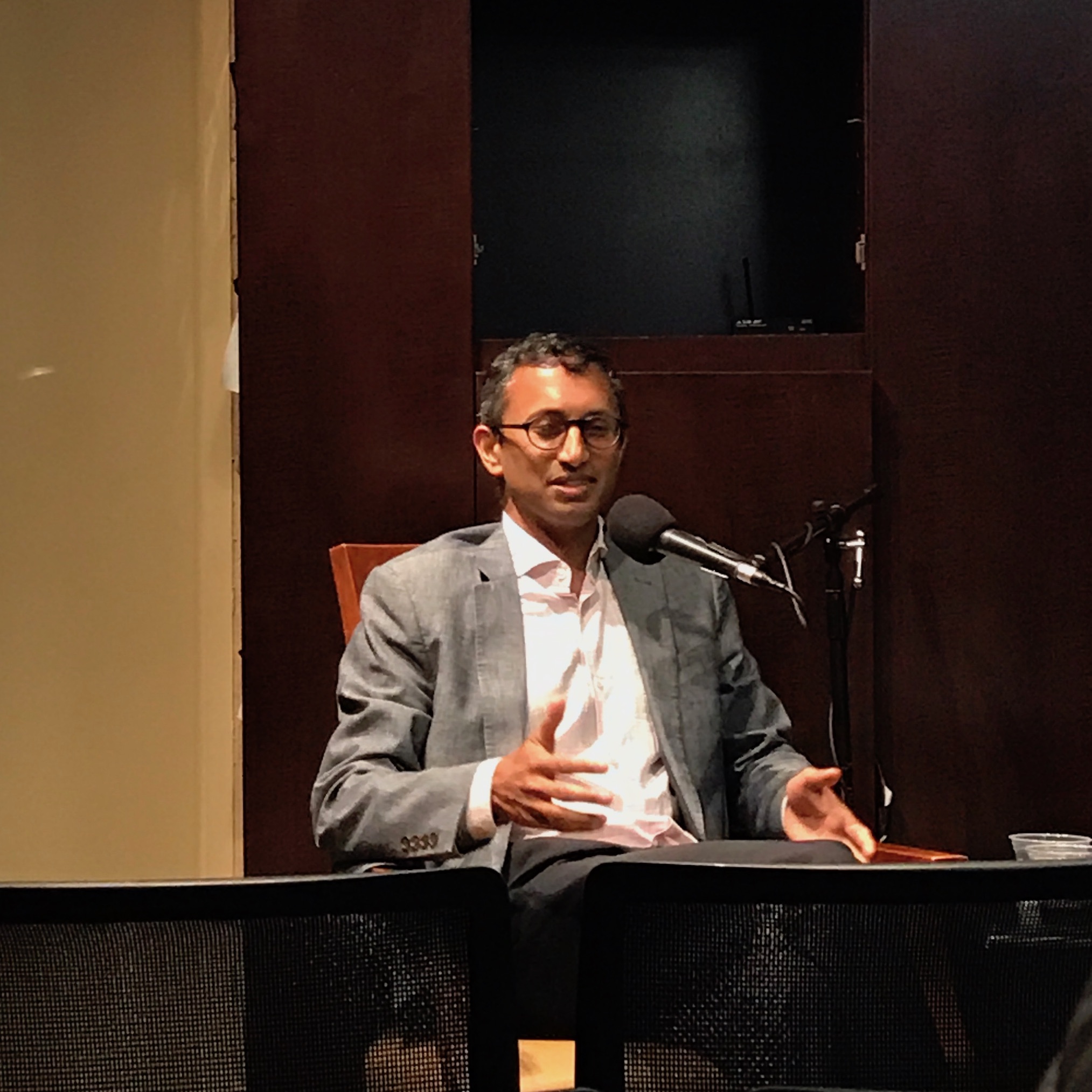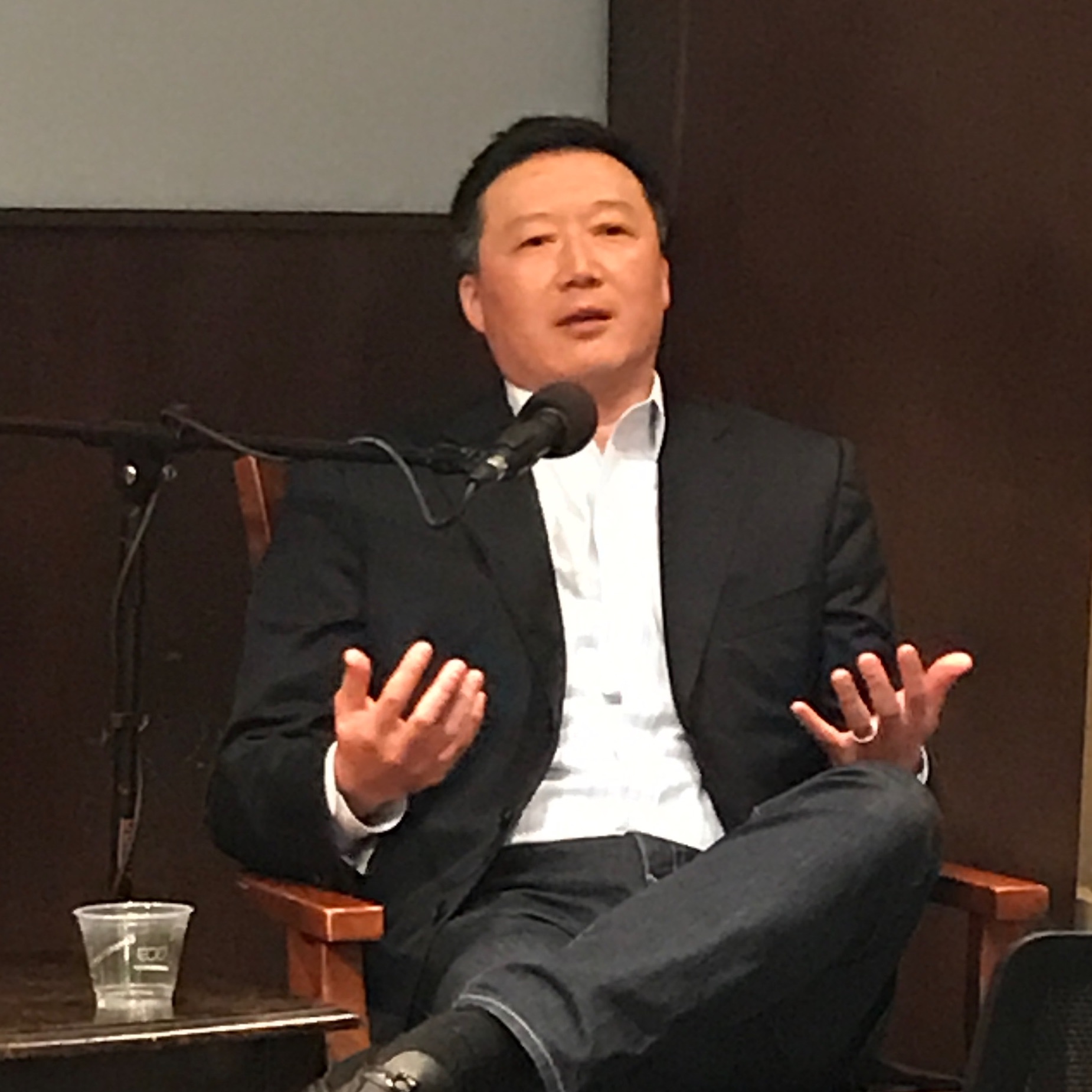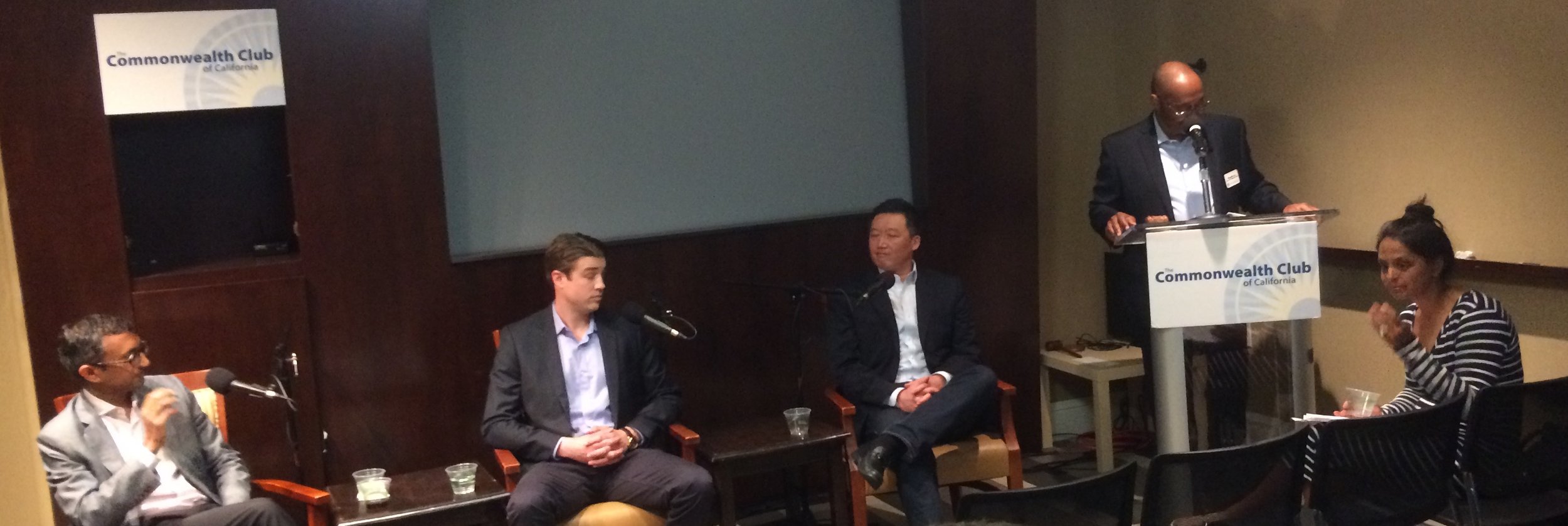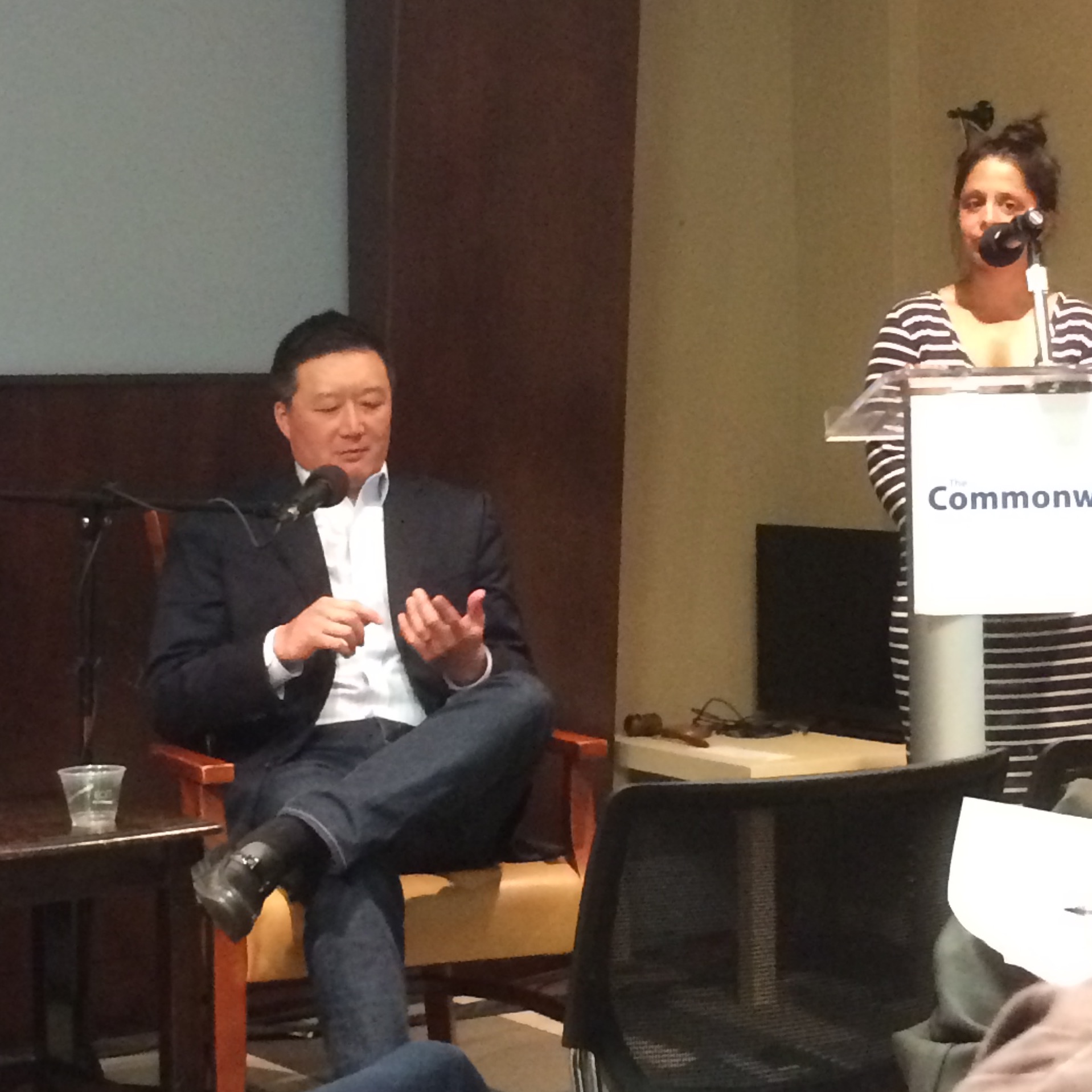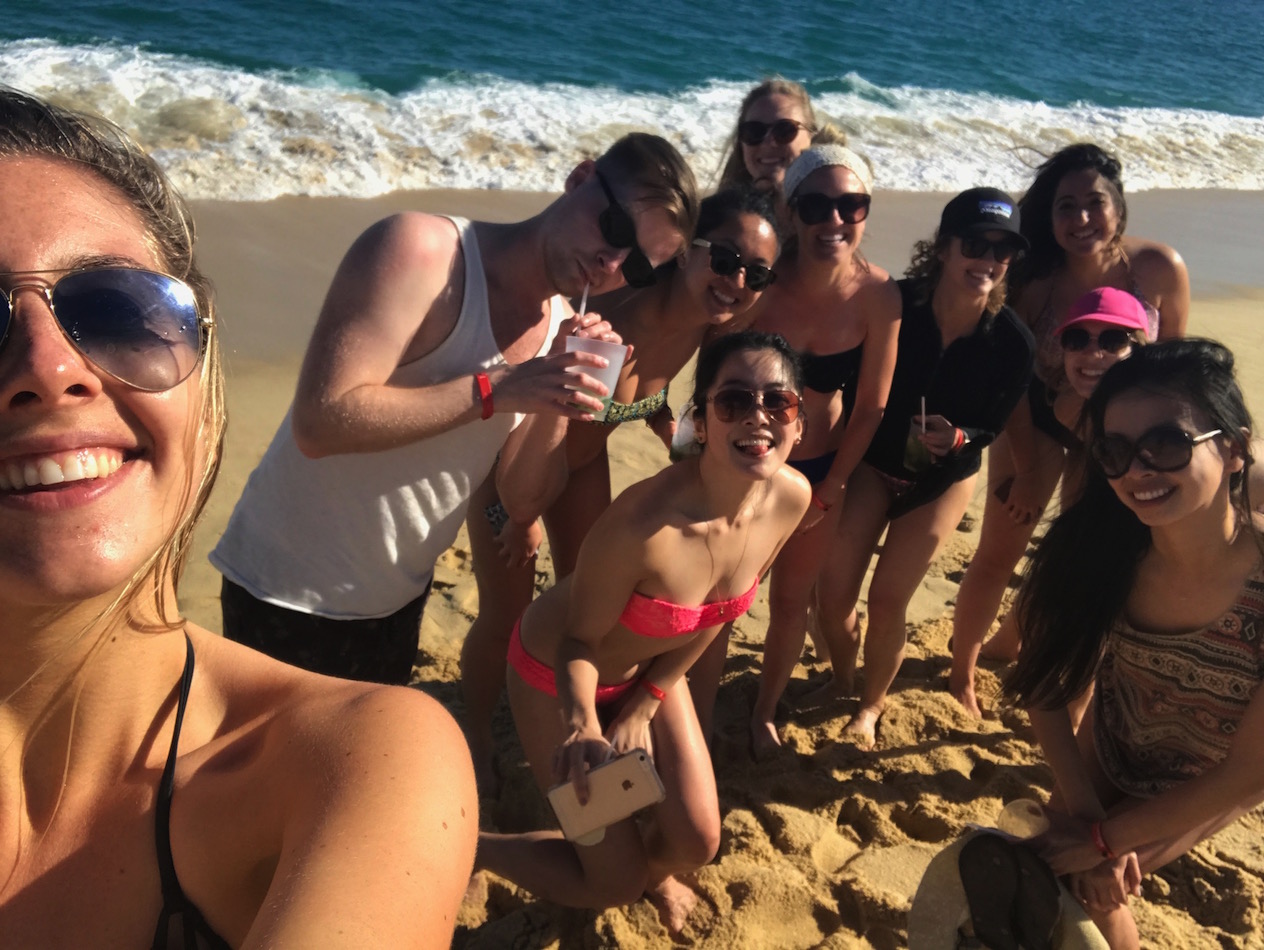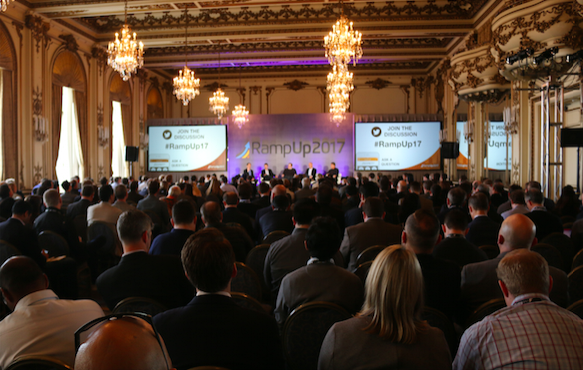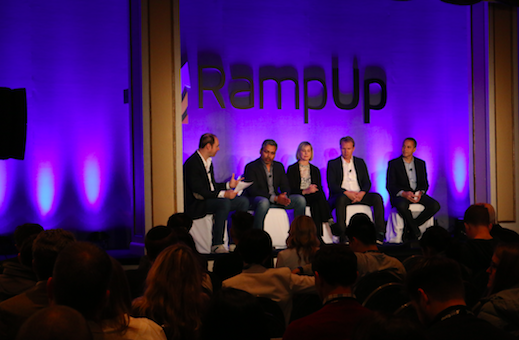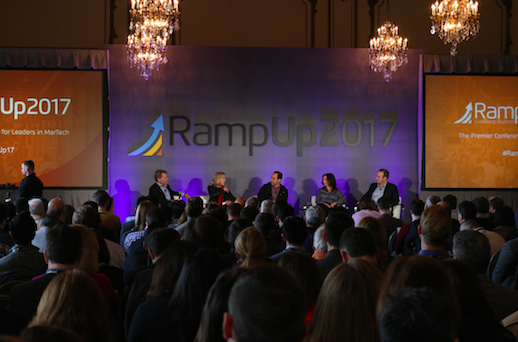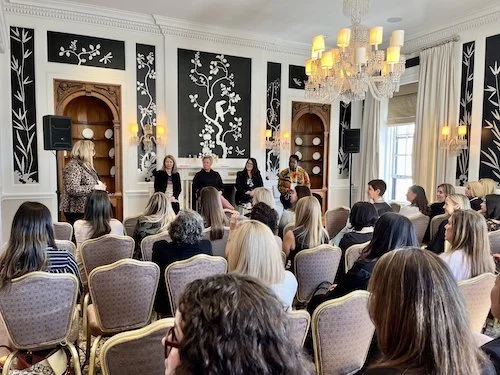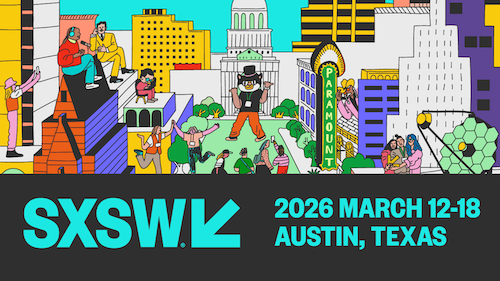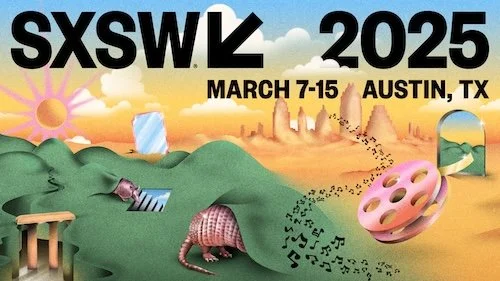With the average adult touching their phone around 2,617 times a day*, it’s only a matter of time before something distracts them from your presentation.
So what can you do? If you can’t fight them, join them. Here are a couple of ways to turn a distracted audience into an engaged one:
Live Polling & Results Display
If you’ve ever stood in front of a room of people, asked a question, and waited helplessly while no one felt confident enough to answer, your solution is live polling. Using an event app, you can ask your audience simple questions and give them the power to reply immediately using their phone.
After collecting the data, results can then be streamed in real-time to an on-stage display. This is a great tool for re-capturing your audience’s interest and focus. Live polling allows for active participation and takes the edge off speaking in a crowded room.
Networking & One-on-One Meetings
How often have you walked away from an event wondering what connections you could have made had you talked to everyone in the room? Using the event app as a meeting facilitator, attendees can now find out exactly who is in the audience, send invites for meetings, or be matched up with others with similar interests (ATTN entrepreneurs: this is an easy way to get ahold of that investor who’s been hard to reach). Event apps leave no opportunity unrecognized and allow audience members to engage both with one another as well as with speakers.
Guide your audience to action
Before heading off the stage and leaving your audience to digest your presentation, make sure you’re giving them the right tools to take action. Use your mobile events app to share your contact information and social media handles, include any presentation decks, and send through a quick survey to gather feedback after your talk.
If possible, ask the event organizer ahead of time to have your session recorded and include a link to the session in your email. This way, you can ensure a lasting impact on your audience.
Once you tap into these new forms of audience engagement, you will become a more compelling speaker, achieve a greater event ROI, and increase overall attendee satisfaction. Make sure you turn this generation's reliance on mobile devices into the next level of audience engagement.
For more on audience engagement via mobile device, read more here and here.
*Article published on NetworkWorld, IDG.













